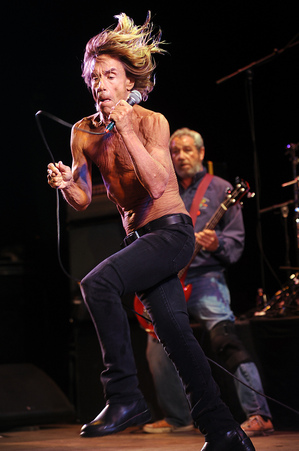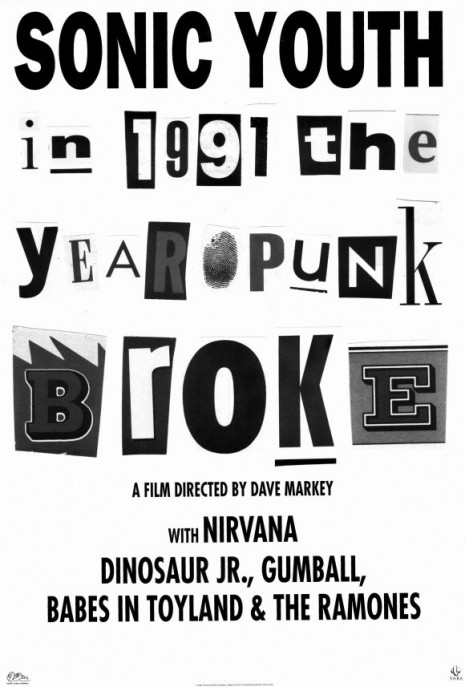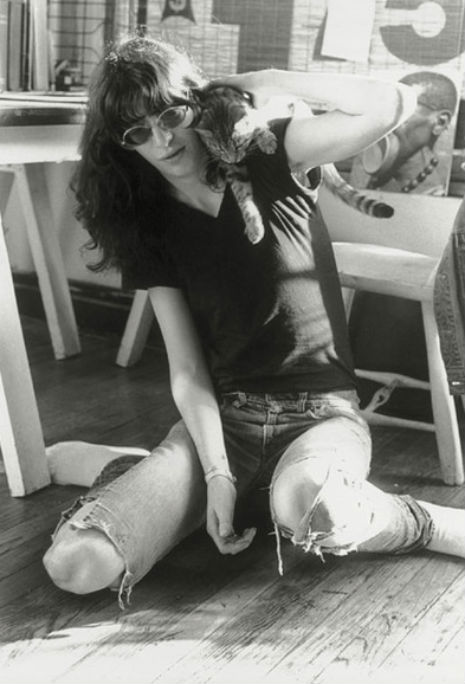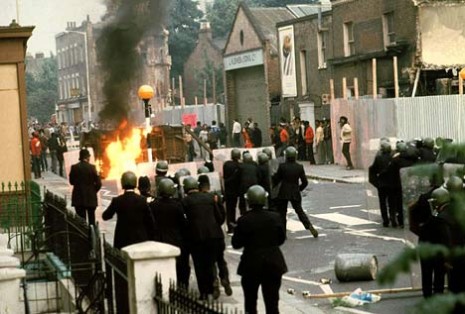
What a beautiful day. The sun us shining, birds are singing in the trees, flags are fluttering in the breeze. It is, indeed, a nice day for a white wedding. And down in old London town, ancient rites of passage are being replayed as we, the British Nation, stand as one in mind, body and spirit to salute the dawning of a new era, the start of a new chapter in how we the common people are governed over by ancient power elites.
As the future king takes his bride-to-very-shortly-be up the aisle, I too would like to do my small (but perhaps significant) part in helping write this page of history. Tonight I shall be dressing as a priest and singing “Gett Off” at a gypsy wedding reception in Salford, but until then I will turning the volume up, banging my head, and revelling in the girl-powered noise glory of Glasgow’s Divorce.
Inspired to form at a gig by modern noise legends Aids Wolf, Divorce launched in 2008 with a core ratio of four girls to one boy, and a run of chaotic but highly energised gigs around the city. The mosh-pits they inspire are instantaneous and legendary, with as many women being thrashed about as men. The group released their first (self-titled) 10” single on the Optimo label in 2009, to considerable acclaim, and have gone on to release split singles with Comanechi and Ultimate Thrush. A full album was recorded and mixed for release in 2010, but was put on indefinite hold after the departure of the singer Sinéad and guitarist Hillary.
While this may seem like a career-ender for anyone less committed, Divorce have taken it in their stride, moved on and hired a new singer called Jennifer. There have been some new demos floating around on the net of this new line up (that sound great) and having seen Divorce mark II play I can confirm that they have lost none of their energy and connection with the crowd. Now, if only they can get their fingers out and finish another album, then we’d really have an excuse for the country to take a day off work, get blind drunk, and beat up anybody perceived to be even slightly different.
Divorce - “Amuse Bouche”
Divorce - “Pipe Down”
Divorce (mark II) - “Love Attack”
For more information on Divorce, visit the Divorce blog, or if you are really desperate, here is their Myspace. The “Divorce” 10” on Optimo Music is available to buy here.
Divorce play live in Glasgow tonight, as part of Optimo’s “TIl Death Do Us Part(y).”














